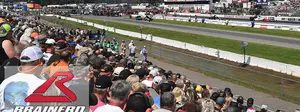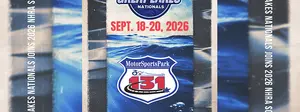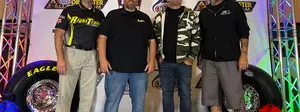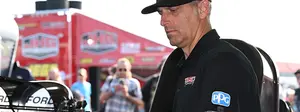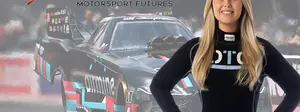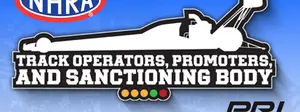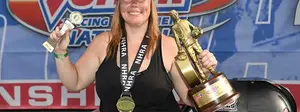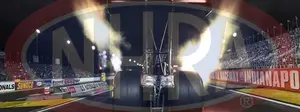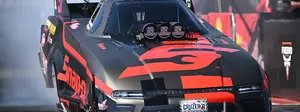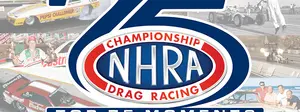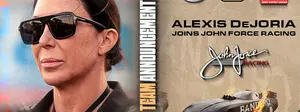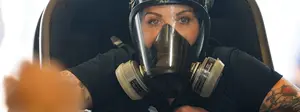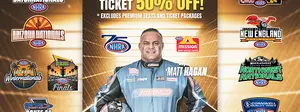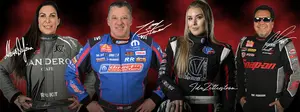

NHRA to allow any accepted engine/body combination in Pro Stock in 2018
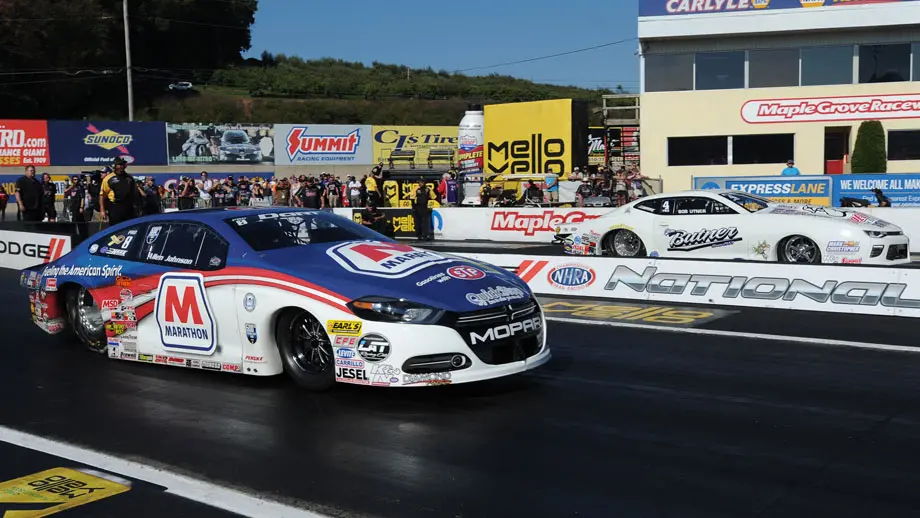
In a history-making decision made at the request of the teams, NHRA will allow Pro Stock racers to run any currently approved engine combination in any currently approved body, regardless of the manufacturer, during the 2018 NHRA Mello Yello Drag Racing Series season.
“The NHRA Technical Department worked very closely with the Pro Stock teams and the vehicle manufacturers in finalizing this rule change,” said NHRA Vice President-Technical Operations Glen Gray. “The cooperation from all of those involved in the process was very encouraging and we look forward to the 2018 Pro Stock season.”
The decision, which was announced today in a letter to Pro Stock teams, should provide fans with a wider variety of entries in the class, including more Dodge Darts and Ford Mustangs. Chevrolet Camaros have been the bodystyle of choice the last several years; Dodge pilot Allen Johnson was the last non-Chevy driver to win the world championship, in 2012.
“Even before this announcement I’ve had some interest from people wanting to run Mustangs, and I’m sure that as soon as the announcement gets out there, I’ll get more calls and interest in the Dodges, too” said Jerry Haas, who has been building Pro Stock chassis for four decades. “All three of the bodystyles – Ford, Chevy, and Dodge – are so close aerodynamically that there’s no advantage or penalty for choosing your favorite. They’re all so close its unreal.”
While the current version of the Dodge Dart had several users the last couple of seasons, including Johnson, Deric Kramer, Alan Prusiensky, and V. Gaines, the newest version of the Mustang has yet to make its NHRA Pro Stock debut.
“The new Mustang is a very pretty car,” opined Haas. “It’s been ready for over a year and I think a lot of people, including Ford, are eager to see it out on the track.”
The other basic rules of the class remain. Body choice must be from a 2009 or later NHRA-accepted 2-door or 4-door coupe or sedan (domestic or foreign) production vehicle. Body, drivetrain, chassis, etc. may not be altered, modified, or relocated, except as outlined in Requirements & Specifications in the Rulebook. Minimum weight at conclusion of run: 2,350 pounds, including driver. Minimum weight on the rear axle at conclusion of run: 1,100 pounds, including driver.
The engine still must be an internal-combustion, reciprocating, naturally aspirated, single camshaft, 90-degree V-8 (i.e., cylinder bank must be at a 45-degree angle from the camshaft/crankshaft centerline, creating a combined 90-degree angle) automotive-type engine with a maximum 500 cid. Aftermarket blocks permitted if designed and cast with OEM approval, and currently accepted by NHRA.
Once an engine is used in a vehicle at an event, that engine cannot be used in another vehicle for the duration of the event. Engine shall consist short block and heads, and will be serialized or otherwise identified at each event.
NHRA also clarified a rule regarding the mandatory fuel-injection units, citing that no part of an injector may protrude above the runner flange into the plenum area.























